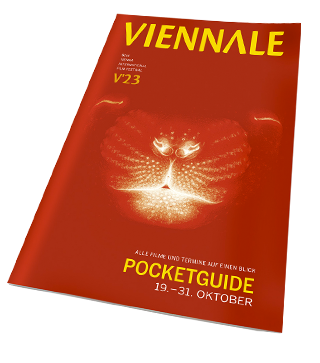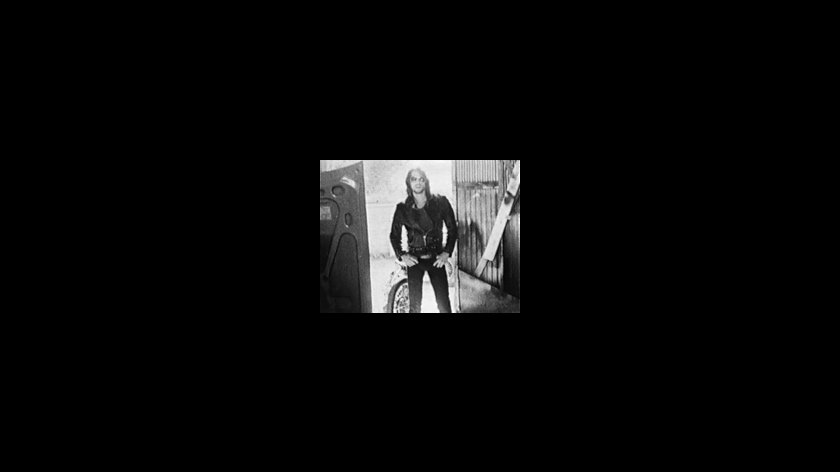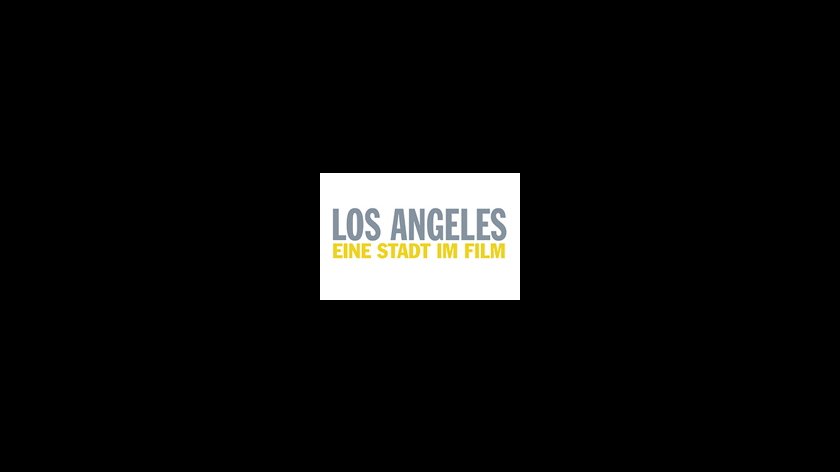ALEPH
For years, Wallace worked on and off on this «untitled» film. He not only shot the images, but he also hand-painted and used rub-on letters on the film itself. He treated this work as a creative notebook, and like a true diary, it has no beginning and no end. The only way to finish this film, unfortunately, was through an act of death. But now over the years, when I look at it - Aleph looks like a completed film.
<i>Aleph</i> was mostly shot on standard 8mm (with some images photographed on 16mm), and after his death, filmmaker Stan Brakhage preserved the damaged (rotting, owing to layers of paint and dirt) 8mm print and transferred the work to 16mm print. If one looks at <i>Aleph</i> closely, one sees not a work or random images, but a tightly edited film that has a structure comparable to a narrative or a segment of music. On first viewing, the film resembles a loop - no beginning and no end. This is not unnecessarily a wrong submittance to the work from the audience's point of view, because the film has no opening or ending credits. The images are in abundance which in return
overwhelms the viewer.
The original footage was shot in black and white, with widespread use of a hand painted red tint over the images which resembled dried blood on the film. This melancholy cast mixing with the obscure lettering adds a sense of beauty, unified with a tinge of anxiety.
Although shot silently, <i>Aleph </i>is full of music. The film has footage and images of The Rolling Stones, James Brown and various jazz treats. At times, my father would play recorded music with the film. Sometimes it would be Brown's Papa's Got a Brand New Bag, Edgar Varese or Moroccan Folk music. In most situations he would play the film silently - which I think is the superior version. With so much music (in the images) on the film - there is no need to hear, when the eyes are enjoying the sounds. There are those who detach film from other art works - that is a conventional mistake - essentially when it concerns this particular work. All the dominant themes in my father's work - death, life, mysticism, politics, pop culture - are in this film. In his work he would formulate a plan, but the capacity for chance played an enormous function within Wallace's artwork. With the background of a gambler, my father was conscious regarding the world of accidents. To exclude the cinematic version of his artwork would be an act of folly. The film's brilliance is that it captures the period so clearly with Wallace's exhilarating mood of rapid changes within his art, in that transition from the mid-Fifties to the Sixties - in addition to my father's intimate life during that time.»
This film is part of the program <filmlink id=\"3030\">Sunshine Noir</filmlink>.



